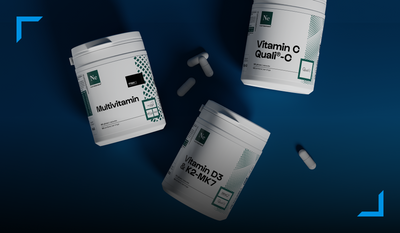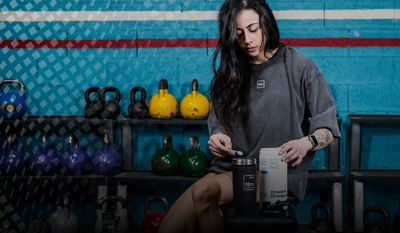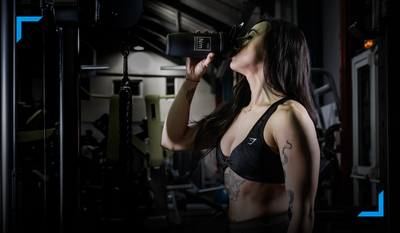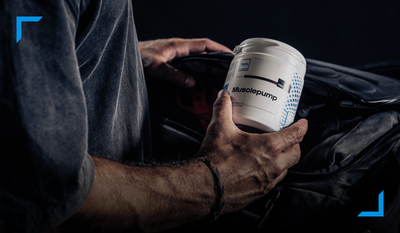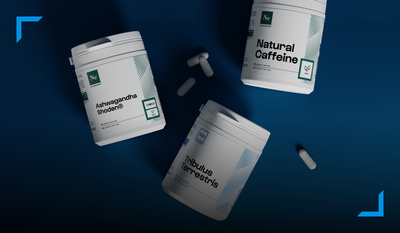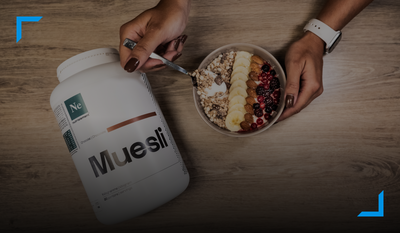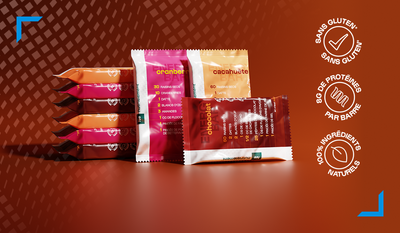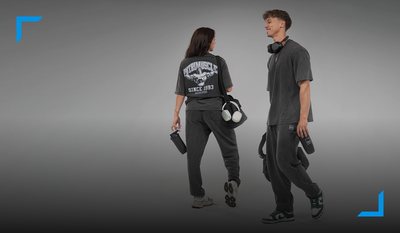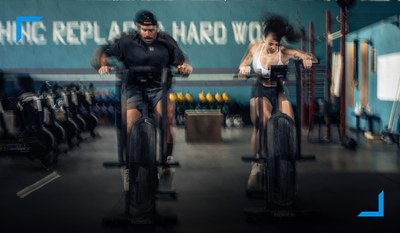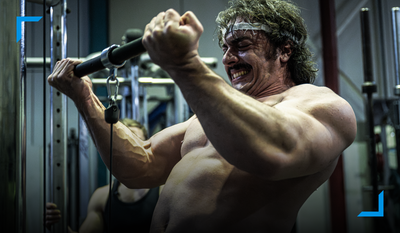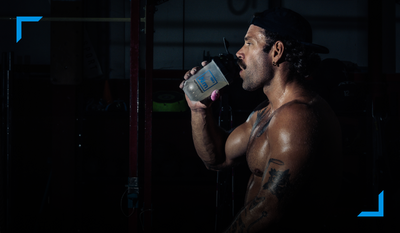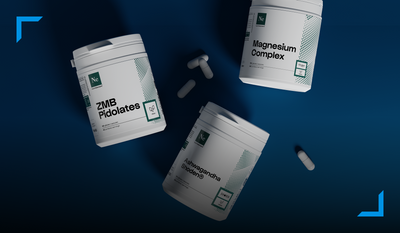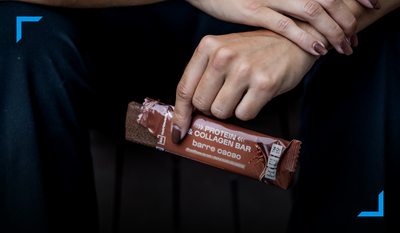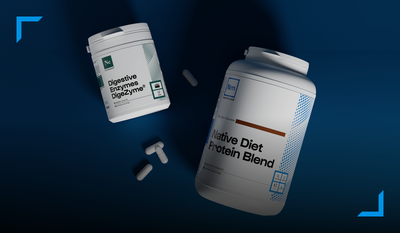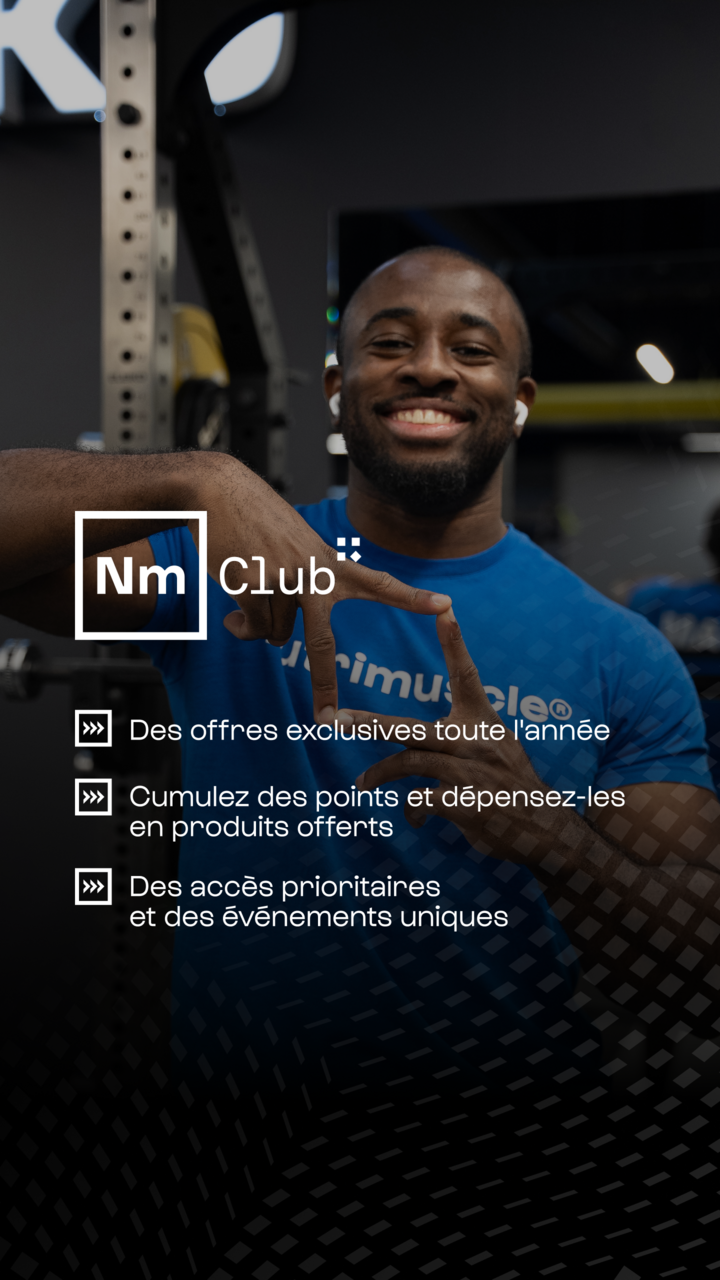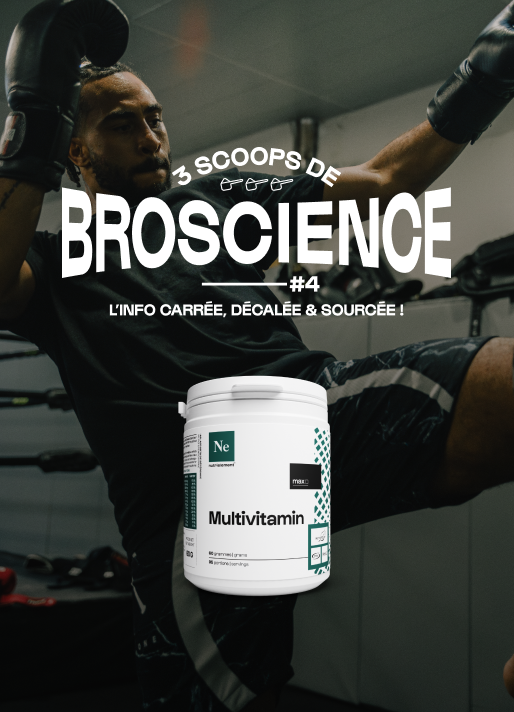0 commentaires
Hello and welcome to 3 scoops from Broscience #3, the information based on 30 years of expertise, and a little (a lot) of scientific studies.
Today we're talking about whey.
Tell me his story
8 million years ago, sorry, 8,000 years ago, the first whey was born (it was with the whey discovered in the manufacture of cheese).
According to some accounts, Hippocrates himself prescribed it to his patients for its positive health benefits.
Well, this time, it's a bit of broscience.
What we really know
Whey really isn’t new!
Your grandfather or great-grandfather may have taken some!
At the time, it was given to soldiers to feed them during the First World War. Complicated to carry around tons of milk.
And commercially?
The first recorded commercial protein jar was Ovaltine, in the early 1900s. A powdered mixture of malt, egg, milk and cocoa. It was sold as THE complete food drink!
After the two wars, in the 50s, it was Bob Hoffman who started selling soy protein. You see, vegan proteins are not new. Bob was aware!
Then the famous friend of champions Joe Weider......copied it.
Revolution! Irvin Johnson, better known as Rheo Blair (don't ask me why), invented the famous Milk & Egg in the 60s. Except that it was with calcium caseinate (obviously not micellar casein, let's not kid ourselves) and a tiny pinch of whole egg protein. So we can't really call it a Milk & Egg.
Gundill says Arnold was taking Blair's protein, while he was sponsored by Weider. We see you influencers sponsored by another brand who take Nutrimuscle 🙄.
And as our CEO says, if Arnold had taken our real Milk and Egg, he would have outperformed at Olympia!
But the first protein sold mainly based on whey probably dates back to the 70s. It was Dan Lurie's. Thanks Gundill for the info, the (very) old magazines are a mine of information.
But what exactly is it?
Milk is made up of two things. Casein is 80% and whey is 20%. Whey, or whey protein , is the little liquid you find on top of your yogurt. 🫣 RIP all the protein you throw away...
Protein is one of the 3 essential macronutrients among carbohydrates and lipids. It helps nourish muscles and renew their tissues thanks to the amino acids it contains.
Moreover, almost all of them are essential, because even those produced naturally in the body are not sufficient for athletes.
Whey as a food supplement
Whey powder is THE most popular dietary supplement among bodybuilders.
You know baby milk powder 👶? Well, it's kind of the same thing, but without the carbs or fats. Basically, we only kept the proteins.
Please don't replace baby milk powder with whey (yes some customers ask us if it's possible)!
You're going to ask me, how do we go from a cow to powder?
It's simple, we milk a cow, we take its milk, we extract its proteins via a ceramic microfiltration process, we dehydrate it, we make a shaker (I'm simplifying, eh 🤓).
Well, most of the time, it doesn't come directly from milk but rather from waste from the cheese industry... with the addition of some not-so-cool stuff 🧪... and not-so-great filtration methods... but I'll talk about that later ⤵️.
What does it do?
Concretely, what does it do?
As a protein, whey helps increase your muscle mass or more commonly called in the industry, muscle anabolism.
It also helps improve your muscle recovery.
Regularly providing protein to your body also helps produce an anti-catabolic effect. Catabolism is the opposite of anabolism. It is muscle wasting.
If you have read 3 scoops from Broscience on collagen , in fact, it is the same thing but for muscle.

🤔 Which one to take?
A quality one, the native one
As I mentioned earlier, you have to be careful about the whey you buy. Most whey comes from waste from the cheese industry and does not come directly from milk. And that is a problem.
For what ?
Because it is denatured during its manufacture, so its amino acids are not stable. We can measure this denaturation with GMP (Gare à My Prot***) (sorry, Glyco Macro-Peptides). In addition, they are low in leucine, the most anabolic amino acid! But nothing to fear, no GMP in the native.
The worst part is that it can pose a health risk. Since it comes from cheese, and most often from cheddar, the powder must be bleached!! Yes, you read that right: some add peroxide, you know the product to bleach your hair 👩🦳. At the same time, a yellow whey is not very sellable.
For the record, it is partly thanks to native whey that I joined Nutrimuscle. I had to write an article on “why choose native proteins for health and performance”.
But how do you recognize native whey? First of all, if a brand doesn't loudly proclaim that its whey is native, you can be sure that you're going to consume a raclette shake 🫕.
Beware of those who say that it “comes from milk”. Obviously, whey comes from milk at the base of bases, since cheese comes from milk.
Either way, poor quality whey, you can feel it. In both senses of the word, if you know what I mean... stomach ache and all that.
A quality one, the foaming one
A whey that foams is a good sign. All foaming drinks are good, right? More seriously, a whey that foams is synonymous with quality because no additives have been added. Some brands will tell you that some additives are not bad, but you can never be too careful about finding GMOs in it.
A quality one, quite simply
I could write more pages on the quality of whey because there are so many scams in this industry. I'll do it quickly 🚀.
We can talk about the filtration of whey. Some processes denature and degrade the aminogram of whey (the amino acid composition of a protein).
We can talk about brands that promise a 90% protein content when in reality, it contains less than 15% (thanks NutriControle for shedding light 💡 on this).
We can talk about extended expiration dates. This is legally possible by repeating bacteriological tests on the whey. Your protein may have experienced the Wii U!
We can talk about it for a long time.
FYI, just FYI, in 2009, we are the first Native Whey! In 2009, we are the first Micellar Casein! In 2010, we are the first Native Whey Isolate! In 2023, we are the first Native Whey Hydrolysate.
Just like that huh 🙂 .
One that meets your goals
There are several types of whey with different filtration methods: classic (or whey concentrate), isolate, or hydrolyzate. These types meet very different objectives. I'll let you look at the protein comparator we made right here !
If you don't digest lactose, don't eat chicken protein, beef protein or whatever protein. They'll probably come back in fashion, but fashion isn't always good. Usually, it's leftover carcass and waste (at least they're rich in collagen).
Instead, choose egg white protein (free range) which provides a quality aminogram.
For vegans, unfortunately, there are no real alternatives to plant-based protein. Even if it is not ideal for muscle gain and digestion.
💧 How do you take it?
Powder is better. Capsules are going to be complicated... Although in the 70s, protein tablets were sold to nibble on throughout the day and reduce snacking. Not a bad marketing technique.
In general, 3 scoops of whey are recommended for a shaker. Ahah you have the reference!
As for the water, it's up to you. The more you dilute it, the less chocolate you'll taste. Whaa ...
Oh yeah, and a little tip: don't forget to wash your shaker 👃.
⌛ When is it taken?
Morning and post-workout are the best times to promote muscle gain. Why? The anabolic window. Even if some say it doesn't exist, it does. It's fashionable to always want to question acquired things.
To put it simply, after fasting (in the morning) and exercise (training), leucine receptors are more open. If you've been following along, you'll understand why 😉.
As a snack, it's also ideal. Before training, it depends on each person, you have to test it. For me, it gives me a boost, but for others like Gundill, it can cause hypoglycemia. During the filming of “I'll Train at Gundill's #1”, I helped him out with 6 kg of whey because he was dry. He quickly remembered why he was only taking total protein.
🎯 Can I take some?
If you don't want to look weird in front of your colleagues by bringing your hard-boiled eggs at 4 p.m., the whey shaker is for you!
Knowing that for mass gain, we recommend around 2 grams of protein per kilo of body weight (80 kg = 160 g of protein), it can be complicated to reach your daily protein quota without supplements.
The studies that revolutionized whey
There is no need to prove the effectiveness of proteins for muscle gain. However, not everyone knows that whey (native) is the most effective!
For example, a study shows the superiority of whey over vegetable proteins (1).
Others show the superiority of native whey over cheese whey (2-3). I was also talking to you about the whitening of cheese whey earlier (4).
And for those who are anti-anabolic window 🪟, here is a study that demonstrates the usefulness of supplementing with protein just after training (5).

Bibliography
- van Vliet S, Burd NA, van Loon LJ. The Skeletal Muscle Anabolic Response to Plant- versus Animal-Based Protein Consumption. J Nutr. 2015 Sep;145(9):1981-91. doi:10.3945/jn.114.204305. Epub 2015 Jul 29. PMID: 26224750.
- Garcia-Vicencio S, Ratel S, Gryson C, Masgrau A, Piponnier E, Brasy J, Ruyet PL, Bucas M, Barachon N, Visseaux V, Connan Y, Montel F, Lahaye C, Boirie Y, Martin V. A Moderate Supplementation of Native Whey Protein Promotes Better Muscle Training and Recovery Adaptations Than Standard Whey Protein - A 12-Week Electrical Stimulation and Plyometrics Training Study. Front Physiol. 2018 Sep 19;9:1312. doi:10.3389/fphys.2018.01312. PMID: 30319437; PMCID: PMC6168738.
- V. Martin, S. Garcia Vicencio, A. Masgrau, J. Brasy, M. Bucas, A. Lecoeur, P. Le Ruyet, S. Ratel, Soluble milk or whey proteins combined with electrostimulation training: what effects on muscle power and recovery capacities?, Clinical Nutrition and Metabolism, Volume 30, Issue 1, 2016, Page 48, ISSN 0985-0562,
- Listiyani MA, Campbell RE, Miracle RE, Dean LO, Drake MA. Influence of bleaching on flavor of 34% whey protein concentrate and residual benzoic acid concentration in dried whey proteins. J Dairy Sci. 2011 Sep;94(9):4347-59. doi: 10.3168/jds.2011-4341. PMID: 21854907.
- Pennings B, Koopman R, Beelen M, Senden JM, Saris WH, van Loon LJ. Exercising before protein intake allows for greater use of dietary protein-derived amino acids for de novo muscle protein synthesis in both young and elderly men. Am J Clin Nutr. 2011 Feb;93(2):322-31. doi: 10.3945/ajcn.2010.29649. Epub 2010 Nov 17. PMID: 21084649.




